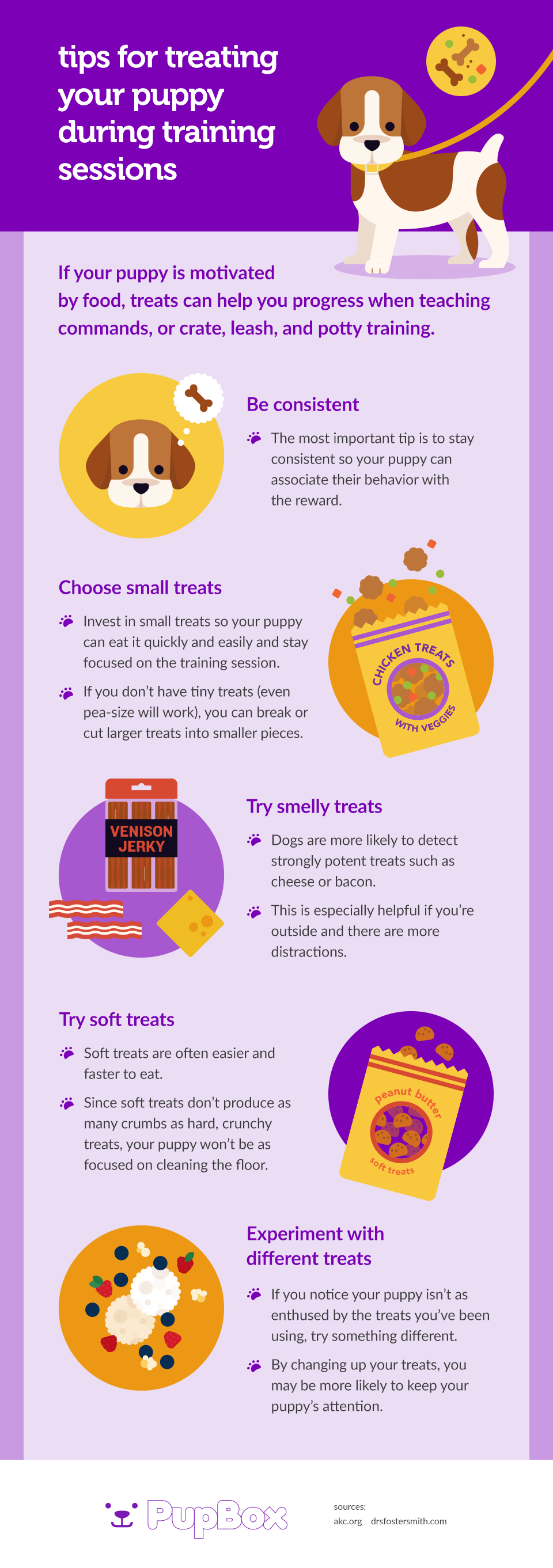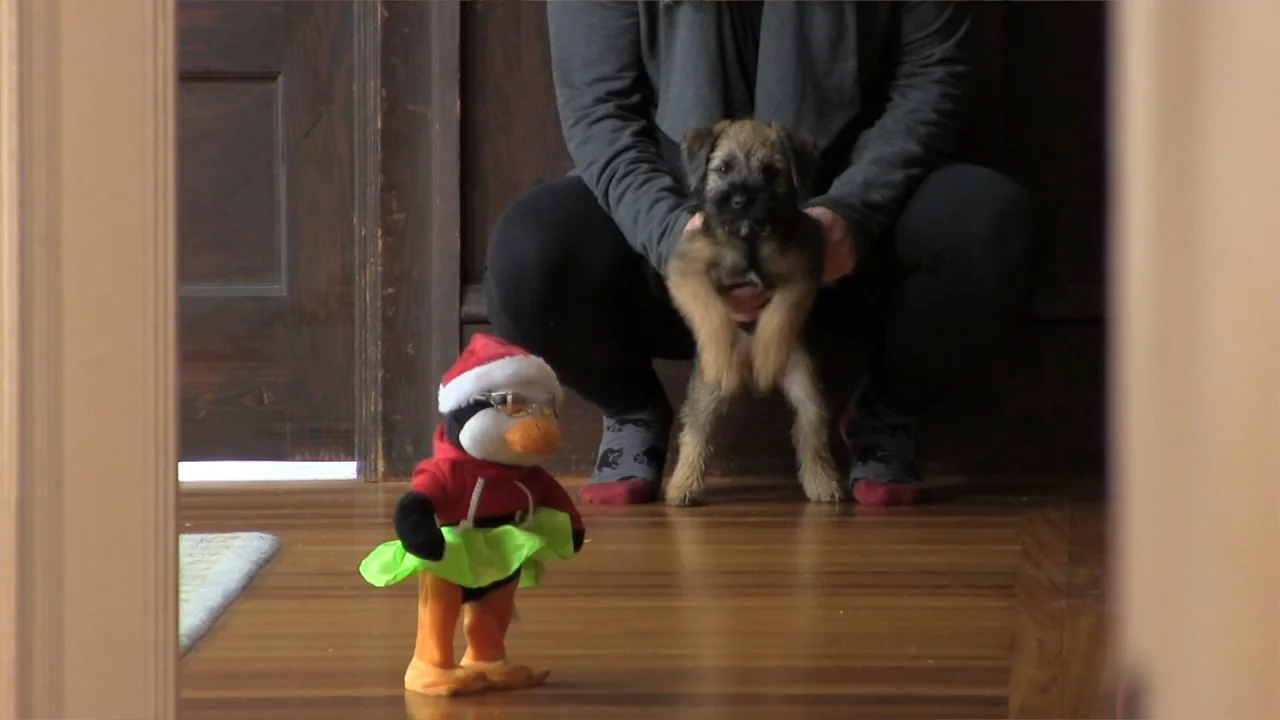Puppy Training Techniques: Teaching Basic Commands for a Happy Pet
Puppy Training Techniques: Teaching Basic Commands for a Happy Pet
Blog Article
Leading Puppy Educating Methods to Ensure a Well-Behaved Pet
Efficient puppy training is crucial for growing a well-behaved companion, and various methods can considerably affect a pet dog's development. As we discover these approaches even more, it becomes clear that the success of young puppy training hinges on a mix of techniques that can change your pet dog's habits in remarkable means.
Positive Reinforcement Techniques
Making use of positive support techniques is crucial for efficient pup training, as it motivates desired behaviors via benefits as opposed to punishment. This method takes advantage of the all-natural knowing procedures of pets, enhancing etiquette by supplying tangible and instant rewards, such as treats, praise, or playtime. By connecting positive outcomes with details activities, young puppies are most likely to duplicate those actions in the future.
Benefits ought to be given promptly after the preferred behavior happens to produce a clear link in the pup's mind. Furthermore, differing the types of benefits can maintain a pup's passion and motivation throughout the training procedure.

Consistency in Educating Commands
Maintaining uniformity in training commands is important for reinforcing the lessons discovered via positive reinforcement techniques. Pet dogs prosper on regular and predictability, so utilizing the same spoken commands and hand signals for details habits is necessary. This uniformity aids young puppies recognize what is anticipated of them, minimizing confusion and irritation for both the pet and the trainer.

Timing likewise plays a considerable role in uniformity. Commands must be provided promptly throughout training sessions and complied with quickly by positive reinforcement, such as deals with or praise. This prompt reaction helps strengthen the association in between the command and the preferred behavior.
Including uniformity into training sessions will develop a secure understanding atmosphere, promoting quicker mastery of commands. Ultimately, a well-structured technique promotes a strong bond in between the young puppy and its proprietor, causing an extra obedient and mannerly animal.
Socializing With Other Pet Dogs
Socialization with various other family pets is important for a pup's advancement, as it aids them learn proper behaviors and interaction abilities in diverse social contexts. Very early interactions with various pets can substantially affect a puppy's temperament and versatility in various circumstances. When pups are subjected to a variety of pets, they end up being extra confident and less scared, which can prevent prospective behavioral problems later on in life.

Additionally, observing body movement during interactions is crucial. Full Report Show your young puppy to acknowledge signals from other animals, such as indications of playfulness or discomfort, cultivating shared respect and understanding. Normal socialization not just boosts your young puppy's social skills but additionally adds to their overall health, producing a more unified living atmosphere. Finally, prioritizing interactions with other pet dogs will yield a well-shaped and socially skilled pet dog.
Dog Crate Training Advantages
Identifying the various benefits of cage training can substantially improve both the puppy's and proprietor's experience. Crate training offers a secure and secure setting for young puppies, guaranteeing they feel safeguarded when laid off. This sense of safety can considerably lower anxiety and anxiety degrees for both the proprietor and the pet dog.
Furthermore, dog crates act as an important house-training tool. Pups naturally stay clear of dirtying their sleeping location, thereby motivating them to hold their bladder till they are allow outdoors. This instinct can speed up the house-breaking procedure, cultivating good practices beforehand.
When unsupervised,Crate training likewise assists in taking care of a pup's actions - puppy training. By providing a designated space, owners can prevent devastating actions, such as chewing on furniture or getting right into harmful compounds. Cages can be useful during travel, offering an acquainted area that can aid soothe a puppy in new our website environments.
Last but not least, developing a pet crate routine motivates freedom, permitting young puppies to find out just how to be alone without fear. Overall, crate training is an efficient technique for advertising self-control, harmony, and safety and security, leading to a well-adjusted, mannerly family pet.
Leash Training Fundamentals
Leash training is a fundamental facet of responsible pet dog ownership that makes sure a risk-free and pleasurable strolling experience for both the pup and its owner. Correct leash training begins early, preferably during the young puppy's socializing period. This training aids establish great behaviors and promotes positive actions when out in public.
To start, pick a comfy collar or harness that fits your pup well. Attach a strong chain, ensuring it is not too long, as this can cause drawing and erratic habits. Start in a peaceful setting to reduce disturbances and progressively introduce your young puppy to new environments.
Use favorable reinforcement techniques, such as treats and appreciation, to urge your pup to stroll next to you. If your young puppy draws, quit strolling and wait for them to return to your side prior to proceeding.
Furthermore, integrate short training sessions with fun interruptions to develop your pup's focus. With devotion and determination, leash training will certainly result in a hospitable buddy, making strolls satisfying for both the pup and the proprietor.
Final Thought
In final thought, using efficient young puppy training strategies is vital for developing a mannerly animal. On the whole, these methods jointly advertise a harmonious partnership between pups and their owners.
As we check out these methods even more, it comes to be clear that the success of puppy training hinges on a mix of techniques that can change your pet's habits in exceptional ways.
Using positive reinforcement methods is crucial for effective young puppy training, as it motivates wanted behaviors through benefits instead than penalty.Crate training additionally aids in managing a young puppy's habits when not being watched.Leash training is a fundamental element of responsible animal ownership that makes sure a delightful browse around this site and safe walking experience for both the young puppy and its owner.In final thought, utilizing efficient young puppy training methods is critical for creating a mannerly pet dog.
Report this page